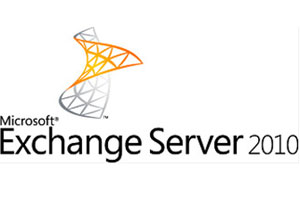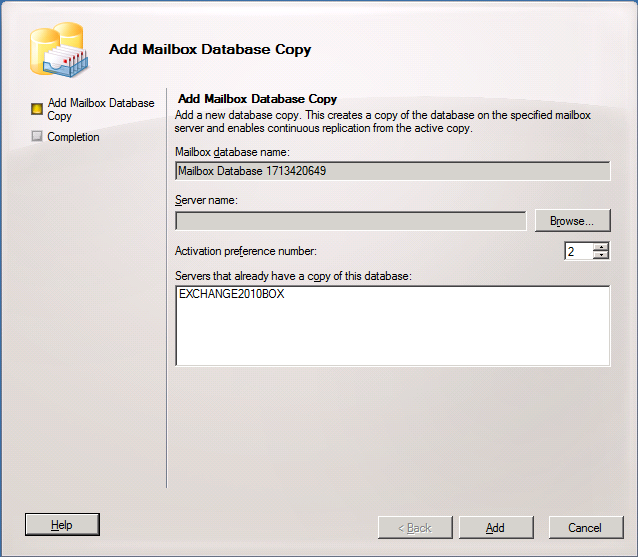Microsoft Exchange Server 2010 review
In this review, we look at the changes the latest version of Exchange brings to the table to see if it's worth upgrading.

Exchange 2010 is a relatively minor release for end users, but it delivers significant improvements in storage architecture and management that will please administrators. While Exchange 2010 is an excellent product, its complexity makes it best suited to large organisations or hosted services.
Microsoft released Exchange Server 2010 earlier this month, nearly three years after the appearance of Exchange 2007 in November 2006.
Exchange 2007 was a major upheaval for administrators, introducing 64-bit and breaking a previously near-monolithic product into several distinct pieces: a mailbox store, a Client Access server, and a Hub Transport server. The goal was scalability, but it also increased the complexity of the product and presented administrators with a tough learning curve.
The changes in Exchange 2010 are less radical. At least on the surface. The management console will look broadly familiar, and the same server roles exist. That said, there are some big changes underneath, once again aimed mainly at improving scalability and availability. In Exchange 2007, high availability was based on Windows failover clustering, which was complex and expensive.
Exchange 2010 has been re-engineered with a focus on mailbox databases, which can now be continuously replicated to one or more additional servers without needing a cluster. Even a two-server setup can make use of this effectively. A further benefit is that you can use cheaper storage, if you trust the new resilience features to fix things up in the event of a failure.

This right-click dialog lets you add a replicated mailbox for high availability.
Another feature of the new architecture is that you can move a mailbox between servers in the background, without loss of service. This is possible because the Client Access server now handles all client operations, whereas previously some clients talked directly to the mailbox store. Microsoft also claims to have optimised the Exchange database engine, called the Extensible Storage Engine (ESE), with more efficient schema and fewer input/output operations (IOPS).
For years Microsoft has muttered about migrating Exchange from ESE to SQL Server, but there is still no sign of this happening. "We have no plans on moving to SQL Server. We've continued to innovate on the extensible storage engine, what was known as JET. We feel that this is the best option for Exchange. Making the move to SQL Server would be a very large jump," product manager Ian Hameroff told IT PRO.
A post on the official Exchange blog confirms this and, as the comments to that show, users are divided over whether to stick with what is tried and trusted, or to get the consistency and better manageability that a move to SQL Server should offer.
Get the ITPro daily newsletter
Sign up today and you will receive a free copy of our Future Focus 2025 report - the leading guidance on AI, cybersecurity and other IT challenges as per 700+ senior executives
-
 Cleo attack victim list grows as Hertz confirms customer data stolen – and security experts say it won't be the last
Cleo attack victim list grows as Hertz confirms customer data stolen – and security experts say it won't be the lastNews Hertz has confirmed it suffered a data breach as a result of the Cleo zero-day vulnerability in late 2024, with the car rental giant warning that customer data was stolen.
By Ross Kelly Published
-
 Women show more team spirit when it comes to cybersecurity, yet they're still missing out on opportunities
Women show more team spirit when it comes to cybersecurity, yet they're still missing out on opportunitiesNews While they're more likely to believe that responsibility should be shared, women are less likely to get the necessary training
By Emma Woollacott Published
-
 OpenAI wants developers using its new GPT-4.1 models – but how do they compare to Claude and Gemini on coding tasks?
OpenAI wants developers using its new GPT-4.1 models – but how do they compare to Claude and Gemini on coding tasks?News OpenAI says its GPT-4.1 model family offers sizable improvements for coding, but tests show competitors still outperform it in key areas.
By Ross Kelly Published